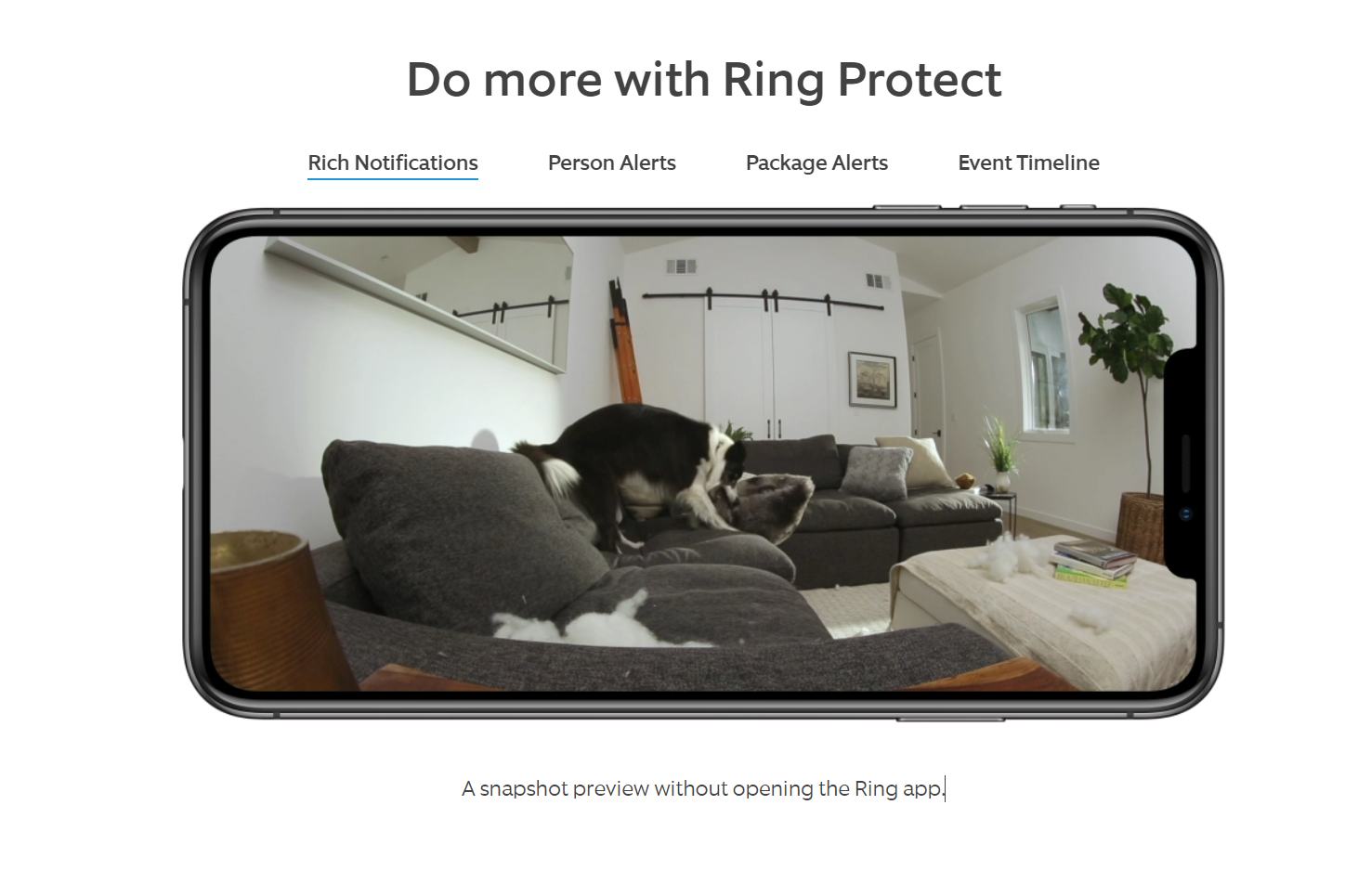Key Takeaways
- Smart home subscriptions nickel and dime you, totaling a sizable amount over time.
- There is questionable value in subscriptions for features that should come standard.
- Multiple smart home subscriptions can quickly add up to hundreds of extra dollars a year.
These days, every smart home purchase you make seems to have some sort of subscription associated with it. Subscriptions are a trend that has been sweeping the smart home industry for the last few years. And while you may not agree, frankly, I’m sick of this trend. Here’s why.
1 Subscriptions Nickel and Dime You
There has never been a better way to describe the feeling of being forced to pay for multiple smart home subscriptions than the phrase “death by a thousand paper cuts”. Many smart home companies are shameless when it comes to asking for countless extra fees to unlock the best features of their products.
But these fees are really just a way for companies to nickel and dime you into paying over and over for products that you’ve already purchased. They know that if these fees are low enough, you won’t really gripe as long as you think you’re getting some sort of value out of them. Or, these companies think you won’t keep track of all your subscriptions. But if you have multiple smart home products, those fees can equate to a lot of money in the long run.
Take the Ring Protect subscription, for example. A Ring video doorbell will cost you between $150 and $220 at the outset. However, the subscription costs will double that price depending on which tier of Protect plan you purchase. For the top-tier subscription, you’ll pay around $16 per month—which doesn’t seem like a lot of money.
But if you are paying $16 per month for the next five years, you’ve easily paid over a thousand dollars to the company, including the price of the new doorbell.
Now, you probably wouldn’t spend that kind of cash on a doorbell outright. But when the fees are low enough and spread out over a long enough period of time, you barely even notice. In fact, companies are counting on the fact that you don’t notice. Because if you did, you would realize they are robbing you.
2 Questionable Value
Subscriptions also have questionable value. Take our Ring Protect subscription, for example. Their top-tier subscription plan includes things like local video processing, ad-blocking, and unlimited data usage.
These features sound like they should be included whenever you purchase a video doorbell anyway. I mean, ads—really? Unlimited data? On your own home network? Now, you can choose not to pay for Ring Protect. But the free tier of Ring’s service is limited.
And yet, Ring still feels comfortable asking you to pay those costs every month. Of course, this is just a single example, but this is the type of “added value” that companies are offering. Does that sound like you’re really getting extra value?
Because to me, it sounds like there isn’t much extra there. It sounds like the company has hobbled the devices so that you’ll pay for features you expect to come standard.
3 Costs Add Up Quickly
What’s worse is that you’re probably not just paying for one smart home device subscription. With multiple subscriptions, costs can add up quickly. All it takes is one or two $20 per month fees to have you spending an extra few hundred bucks every year.
Again, you most likely don’t notice these fees at the moment because they are so inexpensive. But if you do the math, I’m sure you’ll be shocked at how much you’re actually spending.
4 They Encourage More Subscription Models
The last issue here is that when you continue to pay for subscription fees, you have effectively given permission for companies to continue leaning on subscription-based products. By paying each month, you’ve demonstrated that the subscription model works. That causes more companies to want a slice of the pie. This is why you rarely see devices these days that don’t have subscriptions attached.
Overall, I believe subscription models are rarely worth their added costs. And as an insider in the industry, I’d like to see companies return to a time when they built quality products that didn’t require expensive subscriptions. Unfortunately, it doesn’t look like those models are going anywhere any time soon.



